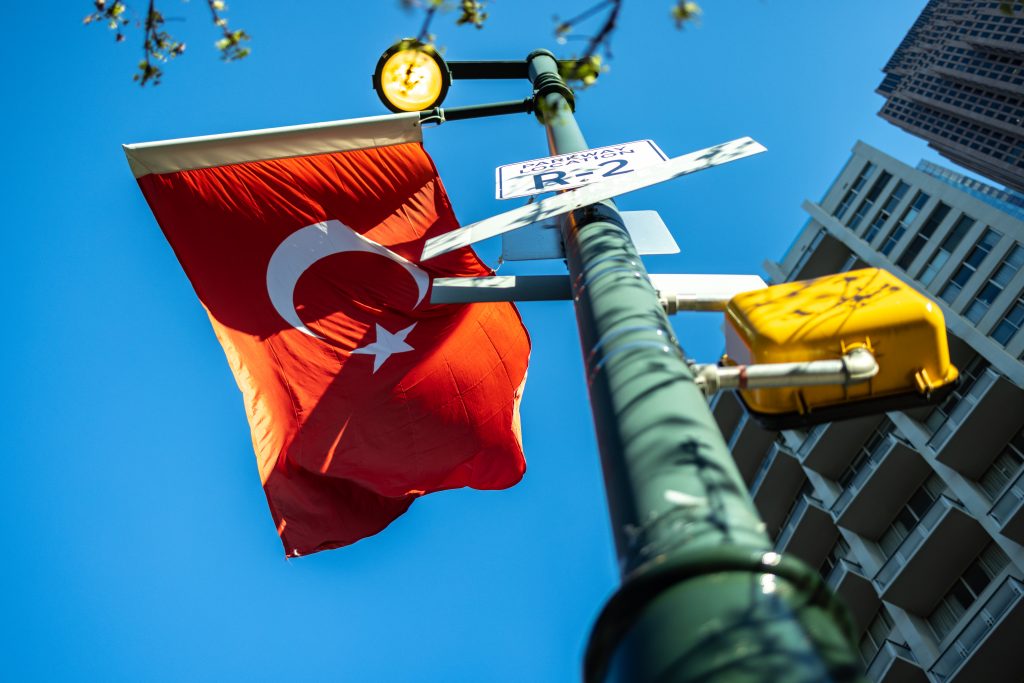
Lately, it feels like the world is simmering. Political unrest has surged all across the globe. Among the loudest voices are those arising from the Balkans, who are more concerned and charged than ever, driven not only by discontent, but also by a heightened awareness of what “can be”. Considering the similarity of the protest culture and the causes that led to these uprisings, the protests in Balkan regions feel a lot like waves that are part of the same storm.
The Balkans, culturally and politically, refer to a southeastern European region that includes countries such as Serbia, Bosnia and Herzegovina, Montenegro, North Macedonia, Albania, Croatia, Slovenia, Bulgaria, Romania, Greece and often Turkey, Georgia and Hungary. What unites these lands is a shared history of turbulent transitions, fragile politics and unstable economies. But they are also places where the people are loud, loving, passionate and resilient, with a deep sense of collective identity. In 2025, this spirit has been particularly visible in their protest cultures.
In Serbia, the collapse of a railway station canopy in 2024 resulted in 16 deaths and triggered an anti-corruption movement that has grown into one of the largest in history. Over 400 towns have joined. As a result, Prime Minister Miloš Vučević resigned in January 2025, but protests continue calling for greater transparency and accountability.
In Greece, the second anniversary of the deadly Tempi train crash brought hundreds of thousands into the streets in February 2025. The phrase ‘I have no more oxygen’, repeated by protestors, has become a symbol of dissatisfaction with the government’s inability to provide safety and justice to its people.
Bosnia and Herzegovina, as well as Montenegro, are also seeing demonstrations by students pleading for justice and safety. In Bosnia, protests followed a deadly landslide reportedly caused by illegal quarry operations. Meanwhile, in Montenegro, mass shootings triggered demand for security reform.
In Hungary, more than 50,000 people gathered in Budapest for one of the biggest protests the country has seen in years. Many were frustrated with corruption, declining media freedom and the weak economy.
Protests in Georgia have continued daily since October 2024, following parliamentary elections that were widely criticized for vote-buying and growing authoritarianism. The response from authorities has been harsh, including arrests, surveillance and violent crackdowns.
In Romania, people protested across major cities over judicial reforms that people fear will weaken the independence of the courts. These protests are part of a longer struggle in Romania to protect democratic values and prevent political interference in the justice system.
A different kind of protest–economic–has emerged through coordinated boycotts across Southeastern Europe. Rising prices and corporate malpractice have led to large-scale backlash in countries like Croatia, Serbia, North Macedonia and Montenegro.
A fascinating feature across the Balkanic region is the predominantly student-led nature of these protests. Young people have taken initiative to both organize and shape the tone and ethics of protest culture, an exemplary showcase of the art of protesting. Symbolism is frequently used by protesters as an elegant form of expression against harsh backlash from the police. These student movements are conscious, informed, well-targeted and often careful not to be misdirected or taken advantage of by partisan agendas. The crowds can organize instantly. They are deterring but never responding with the same violence that they receive from the government enforcement. They unite and use social media purposefully. Despite everything going on, it is roseate to see that the youth dares to remain youthful.
Fueled by the youth, Turkey’s protest movement this year began with the imprisonment of Ekrem İmamoğlu, the opposition mayor of Istanbul and a key contender in the next presidential election. The arrest was widely viewed as politically motivated, and citizens saw it as a direct insult to democracy. Even though this incident drew the initial trigger, the movement quickly grew into something larger and deeper, just like the Gezi Park protests in 2013.
The Gezi protests began as an effort to stop the demolition of a park and its trees in central Istanbul, but turned into a nationwide movement about freedom of speech and democracy. Moments of beauty defined the protests. They made it a show: singing songs, reading poems and giving out flowers. The current movement echoes many of these same values, even the humor, from the witty signs to the Pikachu-costumed protestor running away from the police.
Today’s protests are about reclaiming power, safety and stability. This is clear not only in the marches but in nationwide boycotts, where the economic power of the citizens is showcased, withdrawing support for companies and events affiliated with government entities. This was even reflected in the entertainment industry, as the English band Muse, long loved in Turkey, listened to their audience’s concerns and canceled their concert scheduled for the summer of 2025 by sharing a statement supporting the people’s cause of boycotting the organizer.
As before, citizens are exercising their legal right to protest, which is protected by Turkey’s constitutional law. And as before, they are being met with police violence and illegal legal consequences such as arrest. Families of protestors, as well as those who share their views, are afraid but choose to stay silent. I would appease them by saying that it is far scarier to imagine a Turkey where democracy is handed over quietly and without opposition. It would be a Turkey where erratic men have unchecked power, where the people are unable to predict the agenda even for the next day.
Even if these protests, boycotts and social media appeals do not result in any actual change in the governmental systems, they still matter. The uproar was covered by foreign media, creating pressure from the international conscience that functions like a ‘superego’ in Freud’s terms. More importantly, they are a reminder and a chance for people to come together and remember that they are not small or alone in their endeavors.
Fascism tries to isolate individuals and reduce them to silence and fear. The body under fascism is nervous, hypervigilant and tender. This is not metaphorical but somatic. The body is politicized, then pathologized. By extension, roaming the streets of your city while peacefully shouting out slogans with your people is therapy. In the end, all of these movements are from and for a concern for the future, and keep reminding us of our shared humanity.


